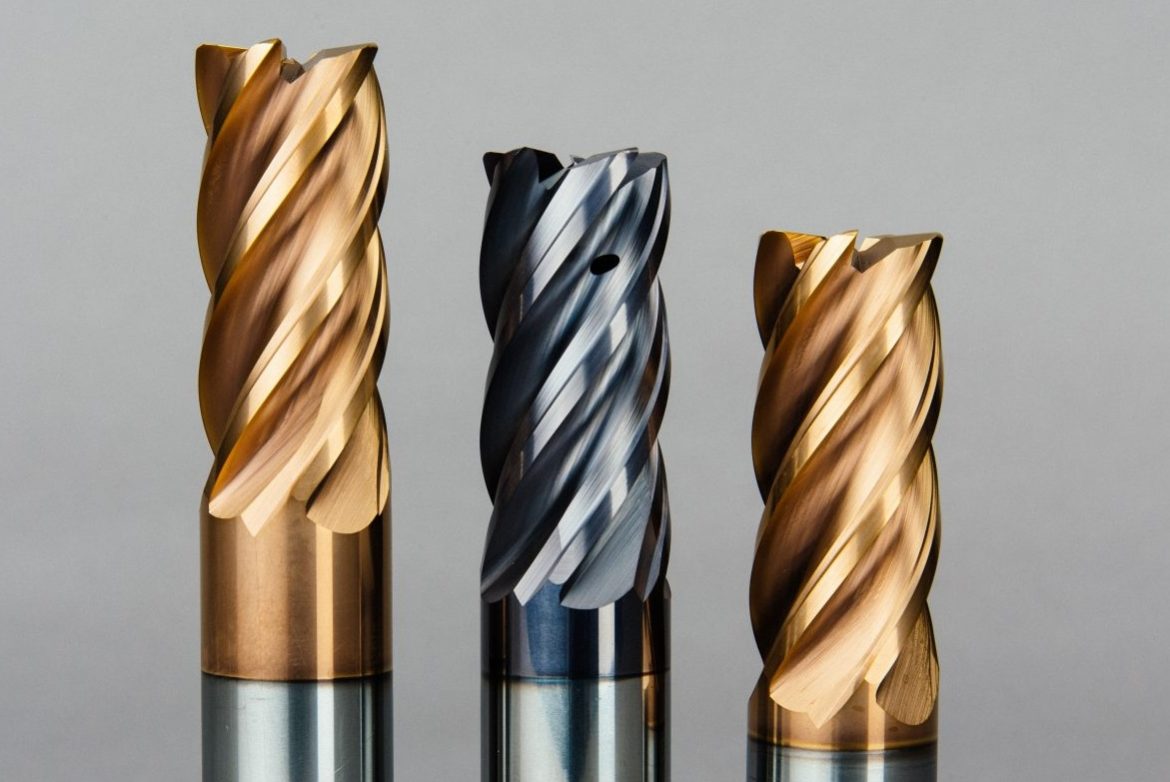


Carbide End Mills
Carbide tools are dull in color and relatively heavy compared to high-speed steel. The increased hardness applies to higher cutting speed. Carbide tools are best for shops running newer milling machines that don’t chatter much as the material can be brittle. Carbide end mills require a significantly higher price than High Speed Steel end mills, but they can also be run 2 1/2 faster than HSS end mills.
Carbide End Mill Types
You can choose from a variety of end mills, each with a range of flutes (usually 2-8 flutes). Finally, there are also roughing and finishing end mills for each style.
Rough Milling
Although it cuts faster than a finishing end mill, the finish is rougher. You can start roughing with an end mill and then move on to finishing.
Finishing Milling Cutter
The finishing end mill has a square end and the outer diameter is smooth to create smooth surface finishes.
Square Milling Cutter
These end mills are sharp and have square corners. They can be used for plunging, grooving, edge milling, face milling and counter boring.
Ball Milling
Ball End Mills have a hemispherical end and are used for machining round details.
Round Edge (Bull Nose) End Mill
These single end mills are used to make corner radii at the base of a milled shoulder. Rounded edges at the ends of the grooves reduce chipping, increase feed rates and extend tool life. More efficient than ball end mills when used for mold profiling.
Tapered End Mill
Also known as tapered grade end mills, they are used to machine an angled wall with an adjoining floor, such as pockets or steps, in molds and dies.
90° point Milling
The 90° end angle turns these end mills into drills for grooving, edge milling, beveling and profiling.
Pah Milling
These end mills cut beveled and angled corners without the need for manual deburring. Two flutes provide better chip clearance, while four flutes create a finer surface.
Concave and Convex Radius End Mill
These end mills are used for machining rounded, flared (or hollow, inverted) edges to the workpiece.